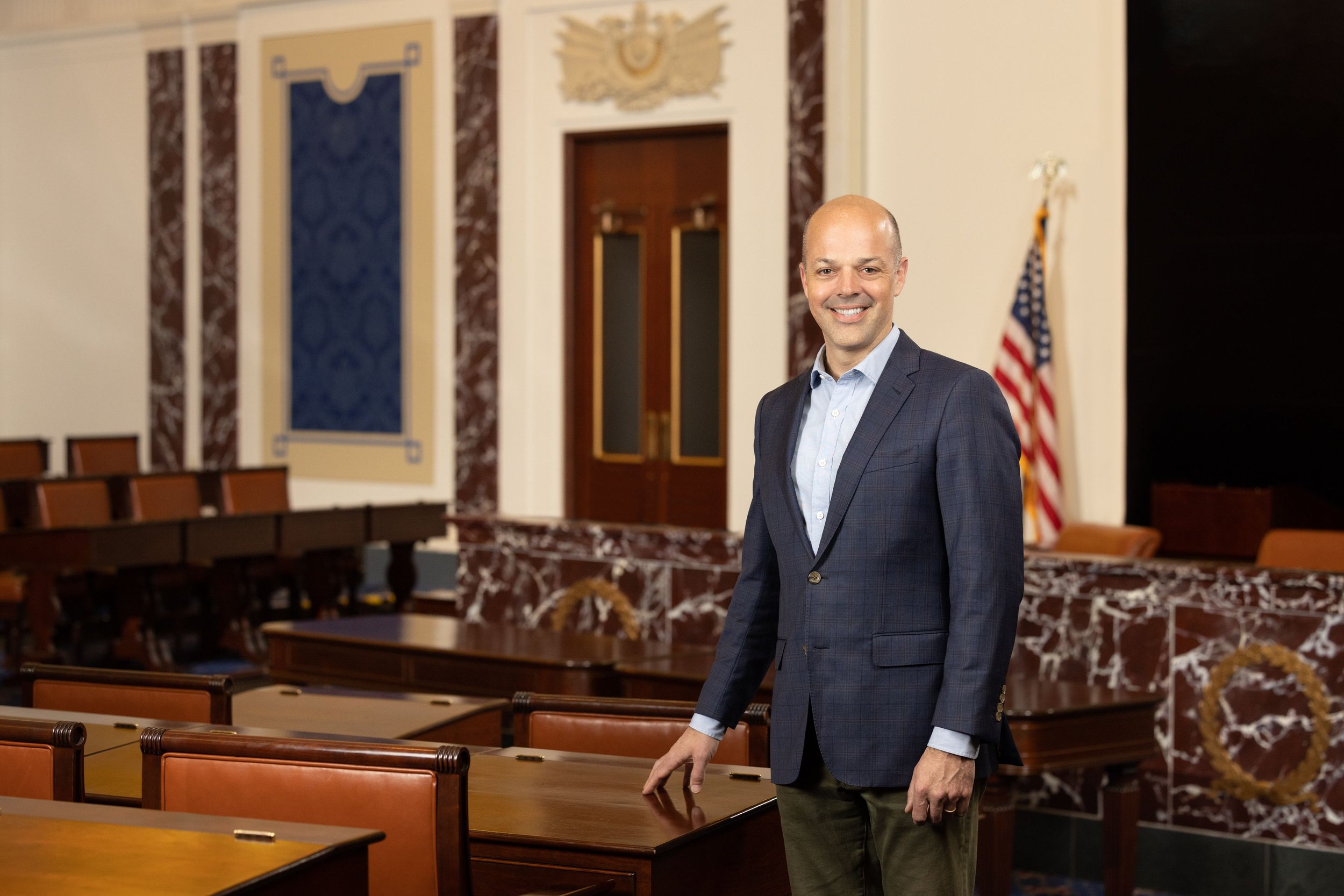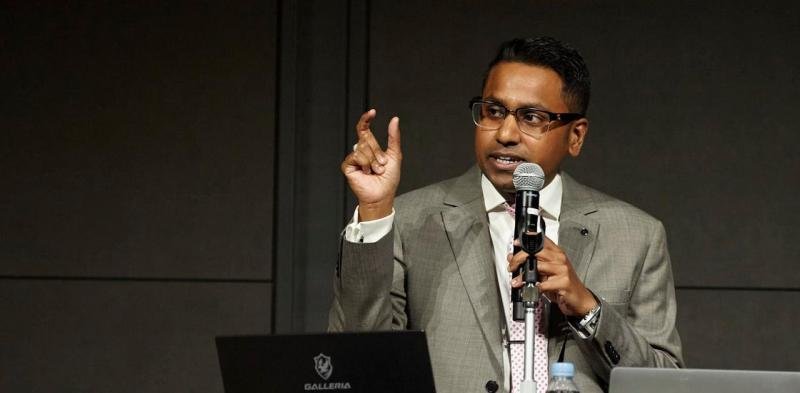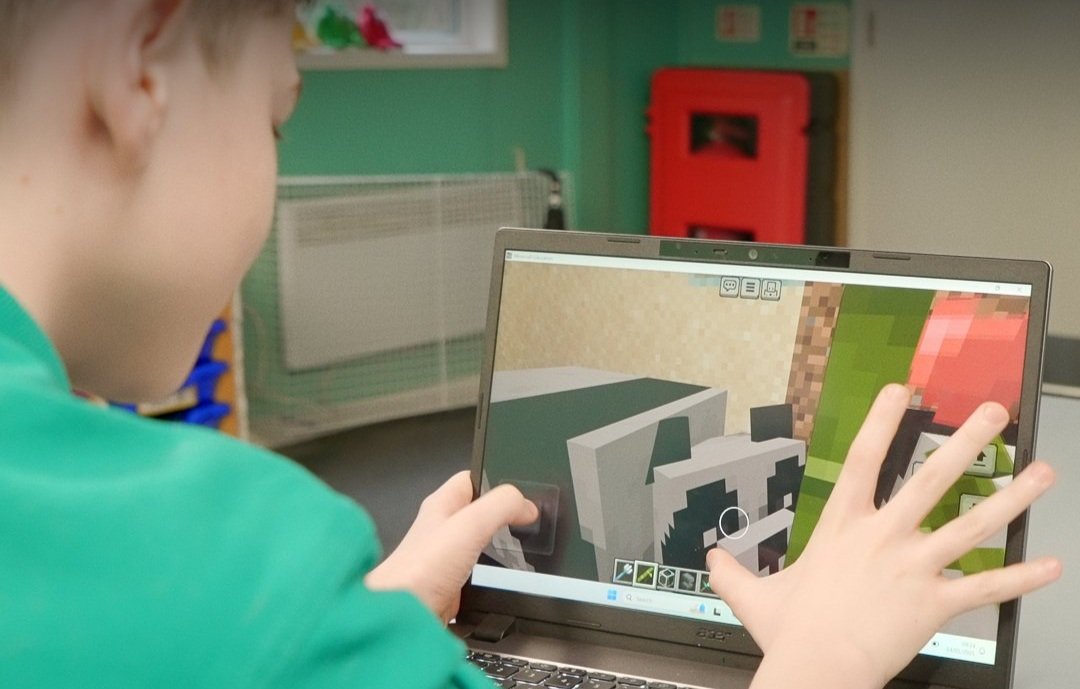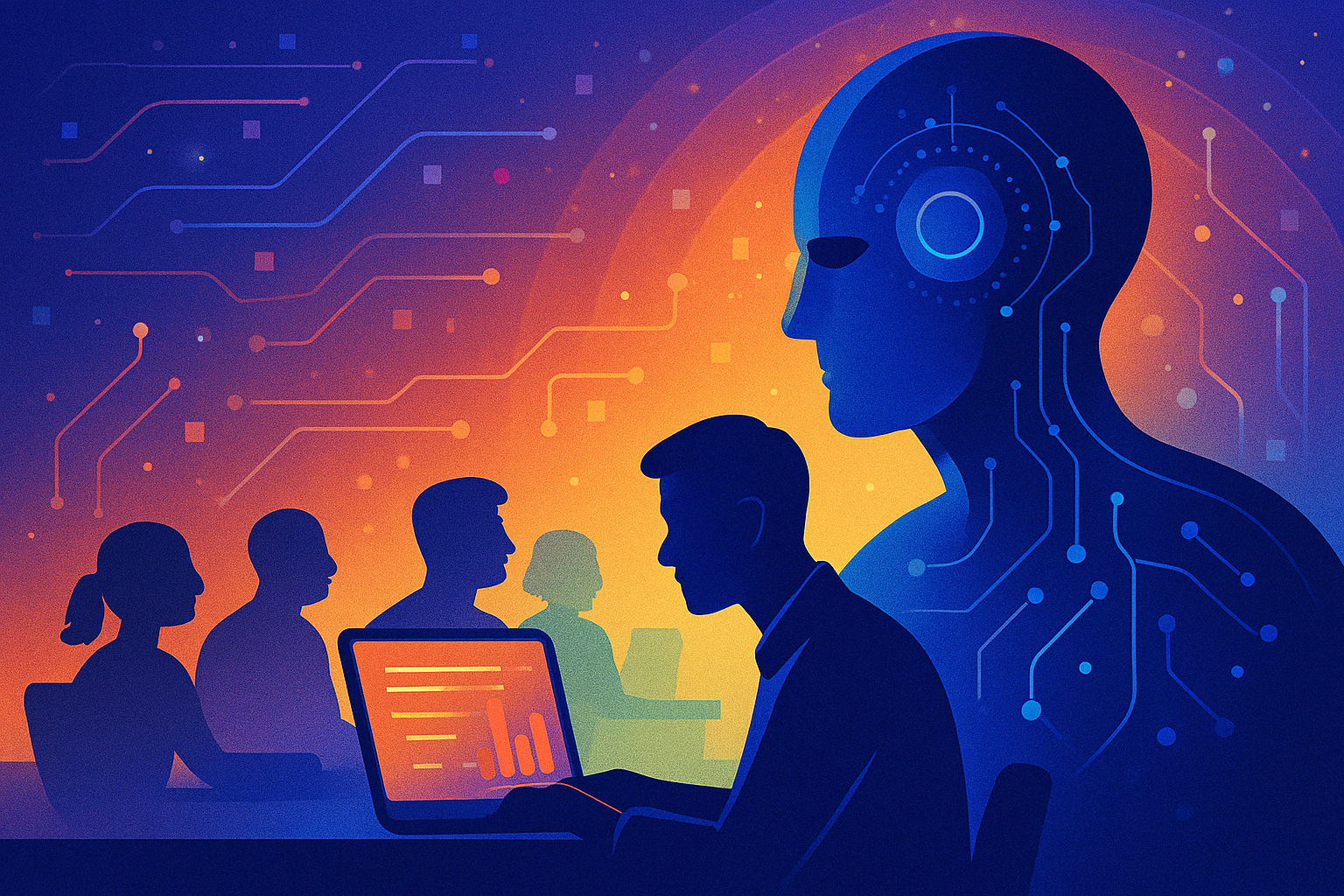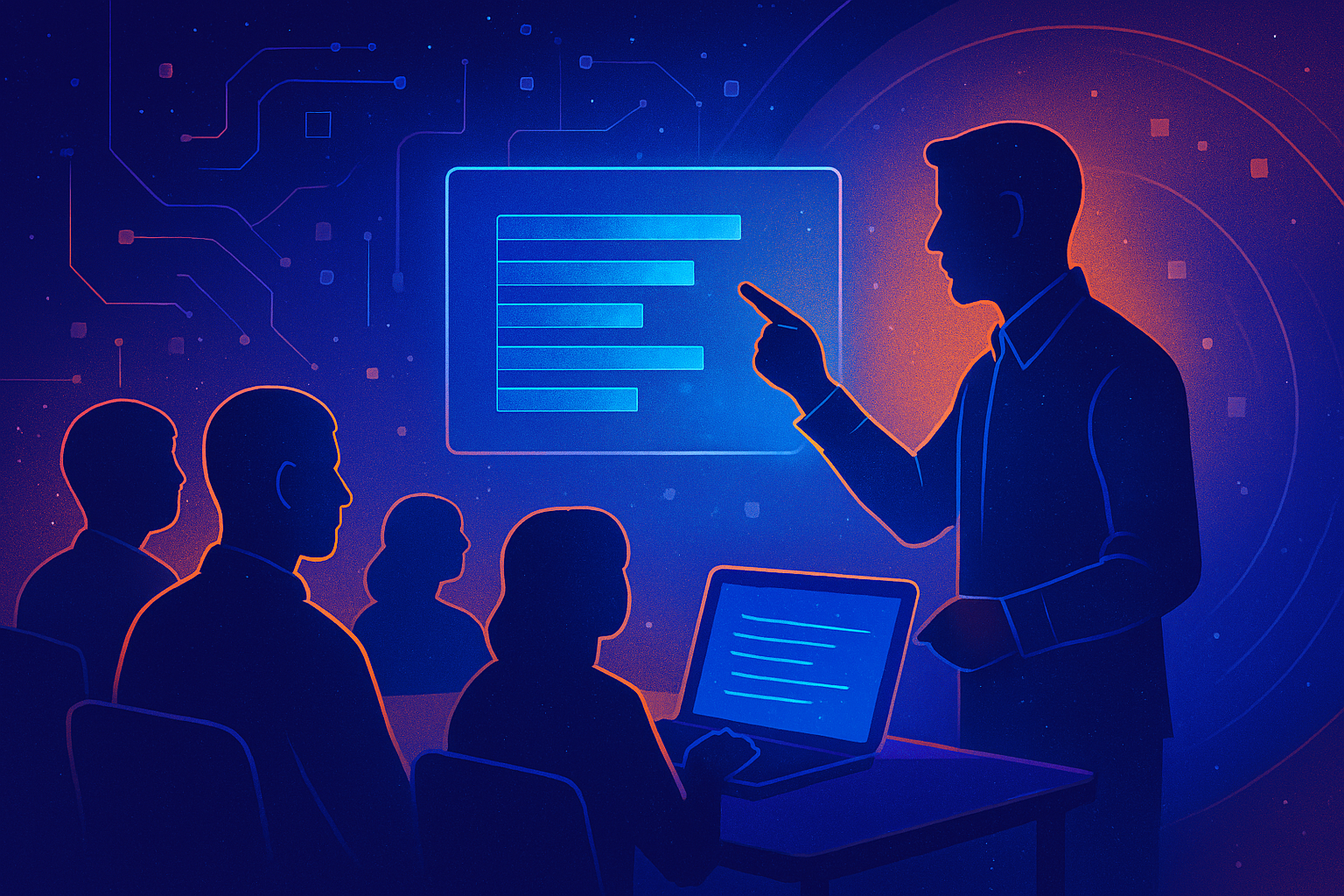Dr. Coral PS Hoh discusses how Dysolve AI is transforming dyslexia treatment
ETIH chats with Dr. Coral PS Hoh, a clinical linguist and the CEO of Dysolve AI, an innovative tool transforming the diagnosis and treatment of dyslexia and language-related disorders.
With over three decades of experience, Dr. Hoh shares her insights on the transformative role of AI in special educational needs and her vision for the future of personalised education.
Can you describe the journey that led to the creation of Dysolve and what inspired you to focus on dyslexia and language-related disorders?
This journey started with my undergraduate training in Linguistics. I was interested in figuring out what was happening in the brain from a person’s linguistic behaviours—what was said, how it was said, what was missing or erroneous and why.
After getting a PhD in Linguistics, I volunteered to help people who had all kinds of language difficulties. I encountered cases with dyslexia a lot because it affects one in five people. I then founded a company, and our team focused on dyslexia because of its huge toll on individuals and society as a whole.
How does Dysolve’s AI differ from traditional methods used to diagnose and treat dyslexia?
There are two main diagnostic approaches traditionally. One is a neuropsychological evaluation by a certified specialist, such as a psychologist. This involves many different assessments from standard test batteries and also other types of data from interviews, observations, historical narratives, etc. This one-on-one evaluation can take several hours in total and cost around $5k-$10k per person.
The second diagnostic approach is to use a dyslexia screener. This is a brief test given to groups of students. But note that the screener can only indicate the risk of dyslexia.
In any case, neither a traditional neuropsychological evaluation nor a screener yields a blueprint for intervention. Instead, diagnosis and treatment are not connected presently.
We knew that evaluation and intervention had to be interrelated to be successful in correcting dyslexia. That’s why Dysolve AI assesses a student continuously throughout her program. This is to confirm that language processing issues at the heart of dyslexia have been cleared. Dysolve AI dynamically builds an intervention program based on this continuous assessment. All this work is done autonomously by the AI system during its interaction with the student through a game interface.
Traditionally, dyslexia treatment requires teachers who had gone through extensive training. These dyslexia teachers usually work one-on-one or in small groups. Regardless of the amount of training, dyslexia presents three obstacles that human specialists cannot overcome. First, the complexity of the condition requires realtime analysis of billions of datapoints. Second, the speed of language processing in the brain cannot be captured adequately by human evaluators. Third, labor-intensive methods cannot scale to accommodate the 13 million schoolchildren with dyslexia in this country—which is why barely half receive any intervention presently.
What have been some of the most significant successes and challenges you’ve encountered while implementing Dysolve in educational settings?
Dysolve has been tested rigorously throughout product development for the past 7 years. Our beta testers, who had struggled with reading for many years, advanced to passing state and standardised reading assessments. Many became Honours students.
Now that Dysolve is used in schools, we see the same patterns of growth as shown historically in the Dysolve data. Some Dysolve students show steady gains from term to term. We’ve also seen some Dysolve students jump from the 1st percentile in reading tests to above the 50th in one year. Just as important, Dysolve impacts behaviour: reading and learning become easier and less time-consuming. The student’s attitude and motivation improve, as reported by parents and teachers.
Dysolve’s impact comes from changing the brain incrementally through weekly practice.
The school calendar, together with all kinds of interruptions, can disrupt this engagement. That’s why we designed Dysolve to be accessible anywhere, anytime. The student can log in to practice at school and at home and throughout the summer.
In what ways do you believe AI can transform the approach to SEN beyond dyslexia?
In general education and special education, AI can advance the public school system (Ed. note: in USA) from standardised, one-size-fits-all approaches to individualized customisation of instruction. This goes beyond the personalisation of some features of a program.
AI can build the whole program for each student, from the ground up based on each person’s special education needs. Dysolve is a pioneer of this new capability. Because of the incredible amount of work to implement this for every student, autonomous AI is needed, as in the case of Dysolve.
Dyslexia is often misdiagnosed and misunderstood. How does Dysolve help in educating teachers and parents?
We have defined dyslexia operationally in terms of language processing inefficiencies. Inefficiencies can be identified exactly, measured and corrected. We discuss with teachers and parents what the measurements mean in students’ Dysolve-generated Evaluation Reports.
Dysolve.com serves as a resource on dyslexia, learning disabilities and other related conditions, as does our Blog. Their various facets are discussed in our book, Dyslexia Dissolved: Successful Cases of Learning Disabilities, ADHD and Language Disorders. We also host workshops for teachers and parents. Dysolve videos on YouTube educate the public about various aspects of the dyslexia problem.
What do you see as the biggest obstacles facing the adoption of AI tools like Dysolve in mainstream education systems?
The proliferation of tech tools makes it challenging for decision-makers to find and adopt the most efficacious, cost-effective and efficient solutions. With large bureaucracies, a new component may impact multiple moving parts. That’s why we designed Dysolve to be simply plug and play for the child. We removed the need to integrate it into schools’ IT systems and train staff on how to use it. As a Principal said, Dysolve is completely “non-intrusive.” Technology should make life easier, not harder.
Where do you see the future of AI in education headed in the next five years?
Post-pandemic, we are facing a severe teacher shortage, especially in special education. If we use AI judiciously, we can transform public education to overcome other post-pandemic effects, especially those on young children who went through their most critical years of language development during the shutdown.
For example, Dysolve AI can revolutionise how students are screened for potential reading and learning issues, and how these are corrected. AI can save up to 90% of what schools nationwide are spending on the dyslexia problem. Can you imagine what we can do for all students with the $100b saved a year?
If you could host a dinner party with key figures in the edtech world, who would they be and why would you choose them?
Dyslexia, or reading difficulty, is the biggest and costliest problem in education, with far-reaching consequences on many aspects of society. I would like to bring together individuals who are in a position to tackle this problem in consequential ways:
State governors, especially of New York and California. Because these states have not passed legislation yet restricting dyslexia intervention to traditional methods, they can lead by promoting forward-looking, more cost-effective solutions.
Superintendents of the largest school districts and the Chancellor of New York City Public Schools--as they can deliver the solution for dyslexia quickly to the most number of children affected.
New York Inspector General Lucy Lang, who is advocating for incarcerated students in prisons and juvenile centers to get dyslexia intervention.



